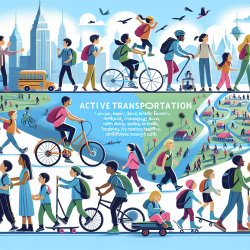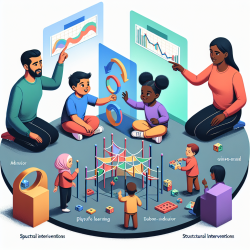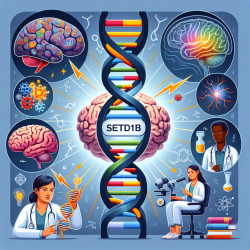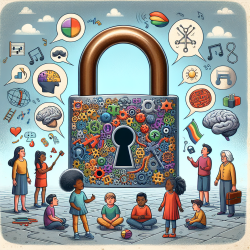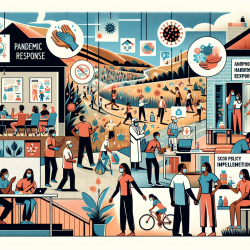The world is grappling with a significant challenge: physical inactivity among children and adolescents. With nearly 80% of young people not meeting the recommended 60 minutes of daily moderate to vigorous physical activity, finding innovative ways to incorporate exercise into daily routines is crucial. One promising solution is active transportation—non-motorized travel modes like walking, cycling, or riding a scooter.
The Global Matrix 3.0 Initiative
The Global Matrix 3.0 initiative provides a comprehensive comparison of active transportation among children and adolescents across 49 countries. This study highlights the variability in active transportation prevalence and identifies three distinct country profiles based on active transport grades, Human Development Index (HDI), and income inequalities.
Country Profiles
- Profile 1: Very high HDI countries with low prevalence of active transport and low inequalities.
- Profile 2: Low and middle HDI countries with high prevalence of active transportation and higher inequalities.
- Profile 3: Countries with relatively high prevalence of active transportation and more variability in socioeconomic variables.
The Benefits of Active Transportation
The advantages of integrating active transportation into children's routines are manifold:
- Physical Health: Improved cardiorespiratory fitness and better cardiometabolic health indicators.
- Mental Health: Enhanced mental well-being and reduced psychological distress.
- Environmental Impact: Reduced emissions and pollution from decreased reliance on motorized transport.
Tackling Challenges and Implementing Solutions
The study underscores the need for a unified definition of active transportation and standardized methods for its assessment to facilitate global comparisons. Practitioners can leverage these insights to advocate for policies that promote safe, convenient, and accessible active transportation options.
